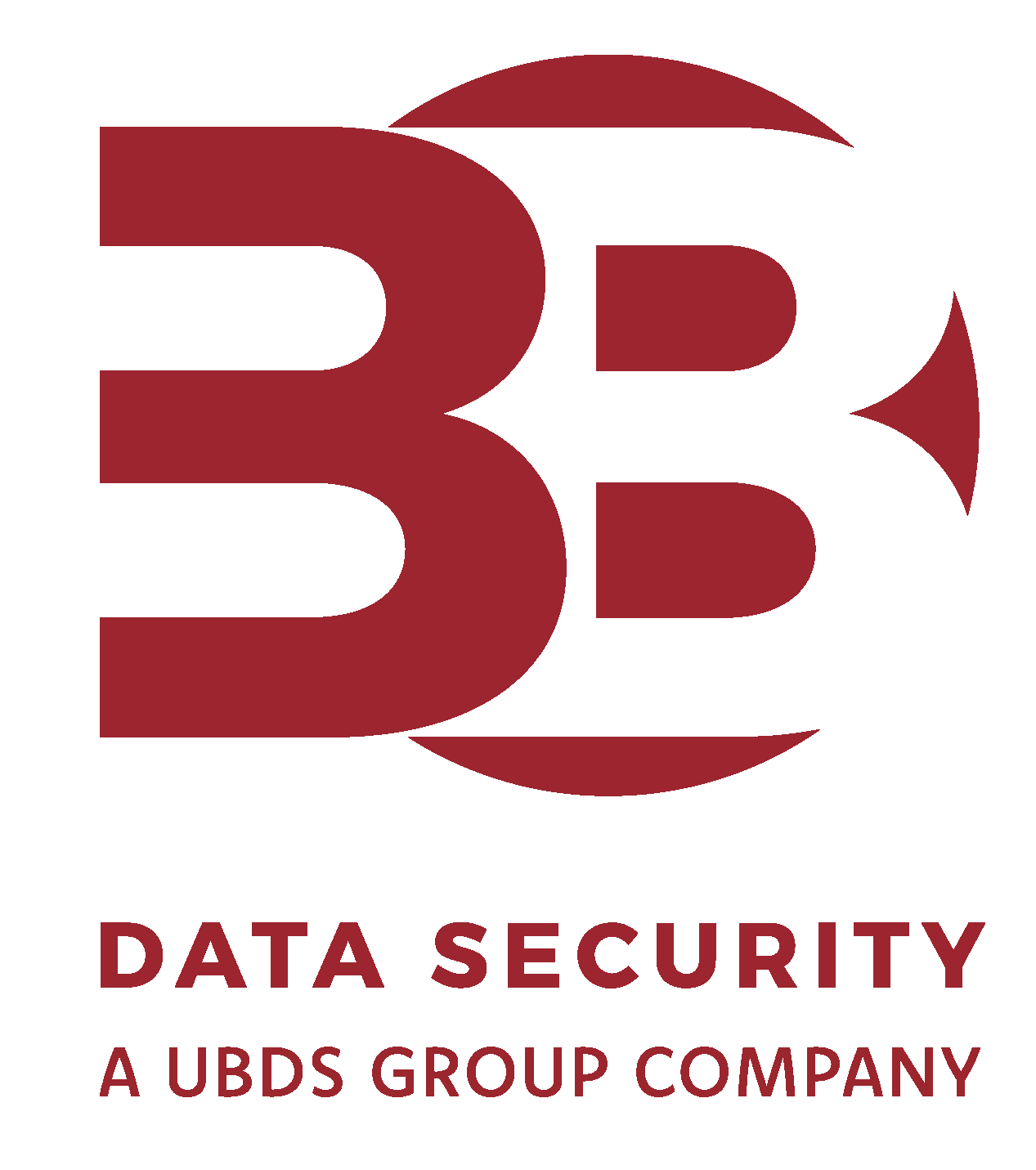How To Get Started With PCI DSS Compliance
The Payment Card Industry Data Security Standard (PCI DSS) is a set of security standards designed to ensure that all companies that accept, process, store, or transmit payment card information maintain a secure environment. In essence, PCI DSS is crucial for safeguarding payment card data, ensuring secure transactions, and maintaining consumer confidence in the digital economy.
The framework significantly reduces the risk of data breaches so businesses can continue to operate without disruption due to security incidents. By enforcing strong data protection controls, PCI DSS ensures that sensitive payment card information is less vulnerable to unauthorised access and helps reduce instances of card fraud.
In this blog, we take you through everything you need to know to get started with your PCI DSS compliance.
Steps to Achieve PCI DSS Compliance
Step 1: Determine Your PCI DSS Level
PCI DSS compliance is categorised into four levels based on the volume of card transactions a merchant processes annually. (Different rules apply to third-party service providers, and each card brand, i.e., Visa, Mastercard, Discover, etc. may have slightly different definitions or requirements, but these general levels are widely accepted):
- Level 1: Over 6 million transactions per year across all channels.
- Level 2: 1 to 6 million transactions per year.
- Level 3: 20,000 to 1 million transactions per year.
- Level 4: Fewer than 20,000 transactions per year.
Every merchant, no matter how they accept payments, must submit specific validation documents based on their PCI Level – Self Assessment Questionnaire (SAQ), Attestation of Compliance (AOC) and Approved Scanning Vendor (ASV) reports.
Step 2: Conduct a PCI DSS Gap Analysis
The gap analysis is an assessment to highlight gaps between the current state of security controls and what is required to comply with PCI DSS. It gives organisations clear remediation objectives where they can prioritise actions with realistic deadlines.
Step 3: Develop a Remediation Plan
A remediation plan should include purpose, scope, and objectives.
- Purpose – An overview of why a remediation plan is being created, i.e., PCI DSS compliance gaps identified.
- Scope – Define what systems, departments, people, policies and processes are affected.
- Objectives – Define the desired outcomes of the remediation plan, such as adhering to PCI DSS compliance, reducing vulnerabilities etc. Have the remediation plan approved by the necessary leadership.
When prioritising actions based on risk and impact on cardholder data security, it is essential to focus on the vulnerabilities that pose the greatest threat to sensitive payment information. Categorise each action to corresponding risk levels, i.e., Critical, High, Medium and Low.
Step 4: Implement Security Controls
PCI DSS outlines a set of security controls and requirements for organisations that accept card payments. While specifically designed to focus on environments with payment card account data, these controls can also be used to protect against threats and secure other elements in the payment ecosystem.
There are 12 principal security control requirements, each with detailed sub-requirements:
- Install and Maintain Network Security Controls
- Apply Secure Configurations to All System Components
- Protect Cardholder Data
- Protect Cardholder Data with Strong Cryptography During Transmission Over Open, Public Networks
- Protect All Systems and Networks from Malicious Software
- Develop and Maintain Secure Systems and Software
- Restrict Access to System Components and Cardholder Data by Business Need to Know
- Identify Users and Authenticate Access to System Components
- Restrict Physical Access to Cardholder Data
- Log and Monitor All Access to System Components and Cardholder Data
- Test Security of Systems and Networks Regularly
- Support Information Security with Organisational Policies and Programs
Step 5: Conduct Regular Security Testing
Many standards, including PCI-DSS require regular security assessments, including vulnerability scans and penetration tests, to demonstrate compliance. This regular testing ensures that an organisation meets these standards on an ongoing basis and provides a documented trail of security measures and their effectiveness.
Testing also often uncovers areas for improvement in Incident Response and recovery plans. This means that gaps are identified early, allowing organisations to refine their response planning before a real-world security breach occurs.
Step 6: Complete the Self-Assessment Questionnaire (SAQ)
The Self-Assessment Questionnaire (SAQ) is a tool used to streamline the compliance process by helping organisations evaluate their own compliance requirements without the need for an external audit. In particular, smaller organisations or those that process a lower volume of card transactions.
There are various types of SAQs, each tailored to the business card processing environment and card transaction processes such as e-commerce, POS terminals, etc. This ensures that organisations answer the appropriate questions laid out in the applicable SAQ.
Step 7: Engage a Qualified Security Assessor (QSA)
QSAs are independent security professionals or organisations certified by the PCI Security Standards Council (PCI SSC). They bring expertise and objectivity to validate an organisation’s compliance with PCI DSS.
After assessing an organisation’s compliance, the QSA will complete an SAQ (as mentioned above) for the client or compile a much more comprehensive Report on Compliance (ROC) outlining the findings including an Attestation of Compliance (AOC).
Maintaining PCI DSS Compliance
PCI-DSS require continuous monitoring, and organisations must show that they have maintained compliance over time rather than simply meeting controls during an annual audit.
Aside from compliance, ongoing monitoring and maintenance is crucial for maintaining a strong security posture where security controls can be adjusted based on changes in technology, threats, and business processes.
PCI DSS compliance has many technical controls, but just as important are the controls related to the organisation, culture, and people. By conducting regular training for employees and implementing ‘best practices’, organisations can instil a ‘security first’ mindset across their teams, empowering employees to make compliance-conscious decisions in their everyday roles.
Benefits of PCI DSS compliance
There are several benefits of achieving PCI DSS compliance over and above just having to meet the standard.
- Global Standard – PCI DSS is recognised across the world and compliance means that the business can show they adhere to internationally recognised best practices, making it easier to operate across borders and work with global partners.
- Improved Internal Security Practices – The process of becoming PCI DSS compliant often leads to better internal security practices, including regular monitoring, vulnerability assessments, and data encryption. This can improve overall IT governance and risk management.
- Business Continuity – By implementing PCI DSS security controls, organisations can be more confident in the continued protection of their systems and data, which supports business continuity and operational resilience in the face of cyber threats.
- Improved Customer Trust & Reputation – Achieving PCI DSS compliance shows that an organisation prioritises information security, helping to build consumer trust.
- Reduced Risk of Data Breaches and Fraud Reduction – Following PCI DSS guidelines help organisations identify and address vulnerabilities in their environment, not just concerning systems and technology, but also processes and people. This helps minimise the likelihood of a data breach.
Transitioning to PCI DSS v4.0
The transition to PCI DSS v4.0 represents both a challenge and an opportunity. While the new requirements introduce complexities, such as increased monitoring, testing, and ongoing compliance, it strengthens payment security across industries and sets the stage for a more resilient and customer-focused approach to protecting sensitive data.
Top tips for transitioning to PCI DSS v4.0:
- Review and update existing security policies to align with the changes and ensure roles and responsibilities are clearly defined.
- Assess your current compliance status and conduct internal assessments regularly, even outside of formal audit cycles. Compare this with the new PCI DSS v4.0 to identify the areas that need addressing.
- Prioritise gaps based on the above and your risk assessment to business operations and customer data. Focus on critical and high-risk vulnerabilities, such as unpatched systems, lack of MFA, or insufficient data protection measures.
- Conduct additional vulnerability scans and penetration tests to help proactively identify weaknesses and avoid being exposed to data breaches.
- Implement role-based access controls (RBAC) to ensure that only authorised personnel have access to the Cardholder Data Environment (CDE). Audit trails that cannot be manipulated must be functioning to trace and report who has accessed what and when (including third-party access) and flag any unauthorised access attempts and data modifications.
- Expand your logging practices to meet the new requirements such as capturing more detailed logs, setting up centralised logging systems, and ensuring logs are retained for at least 12 months. Implement automated monitoring to detect suspicious activity in real-time.
- PCI DSS v4.0 has stricter controls around managing third-party service providers (TPSP). Ensure any who are supposed to comply with PCI DSS v4.0 have a valid Attestation of Compliance (AOC), and they have provided an up-to-date written agreement, and a responsibility summary when it comes to PCI and account data.
Getting Compliant
PCI compliance can often feel daunting and complicated, especially without the right in-house expertise. With regulations like this, it’s essential to implement the controls properly and ensure you’re genuinely compliant. Outsourcing your PCI compliance to expert consultants can be the most effective way to navigate these challenges.
At 3B Data Security, we have the expertise and tools needed to simplify the compliance process. We help identify gaps, address vulnerabilities, and strengthen your security posture, all while ensuring you meet PCI DSS requirements efficiently.
Take the hassle out of compliance and get in touch with our team today.







